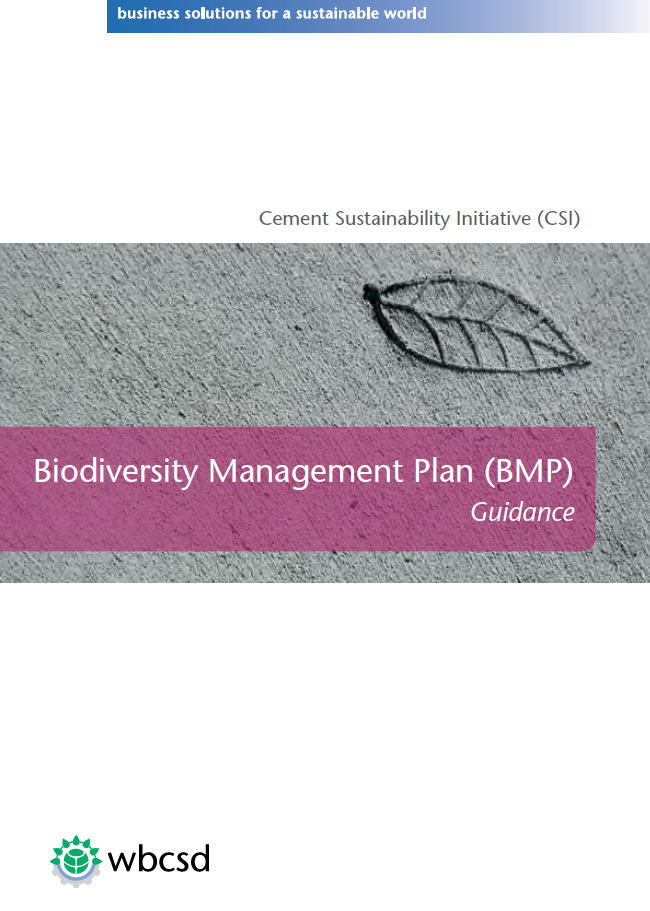
The CSI provides a platform for a shared understanding of sustainability issues, developing and distributing practical tools, facilitating effective stakeholder engagement and providing sustainable solutions. One of its key objectives is to address sustainable business practice within the cement industry in a collective and collaborative way. Task forces and working groups have been established to focus on key sustainability issues. Task Force 5 on Biodiversity and Land Stewardship (TF5) is one such group, and has already been the driving force behind the establishment of CSI Biodiversity key performance indicators (KPIs), the Quarry Rehabilitation Guidelines in 2012, the development of Guidelines for Environmental and Social Impact Assessment (ESIA), and has been involved in road-testing of the Integrated Biodiversity Assessment Tool (IBAT), a biodiversity screening tool for member companies.
The Quarry Rehabilitation Guidelines were produced to offer a clear set of recommendations to cement companies for the development of a quarry rehabilitation plan. Like the Quarry Rehabilitation Guidelines, this document has also been designed to offer recommendations for the development of biodiversity management plans (BMP, also sometimes known as biodiversity action plans). Both guidelines are relevant to the whole life cycle of the quarry.
As companies differ in terms of their corporate strategy for biodiversity management, no specific recommendation is made on how this guidance document should connect with other management plans, frameworks or strategy. Nonetheless, the CSI’s recommendation is that this guidance document sit within the broader environmental management strategy of the company. The aim of this document is to guide cement companies on how to better manage biodiversity by recommending a methodology and including many sources of information which the companies can use to develop tailored solutions. In the development of this guidance, TF5 has consulted with a range of stakeholders, including the International Union for Conservation of Nature (IUCN), The World Wide Fund for Nature (WWF), the International Finance Corporation (IFC), the European Bank for Reconstruction and Development (EBRD), and the European Aggregates Association (UEPG).

